October rundown: AWS chaos and supercomputers surging
As the dust settled on the AWS outage, the US Department of Energy announced a slew of new supercomputers for national security
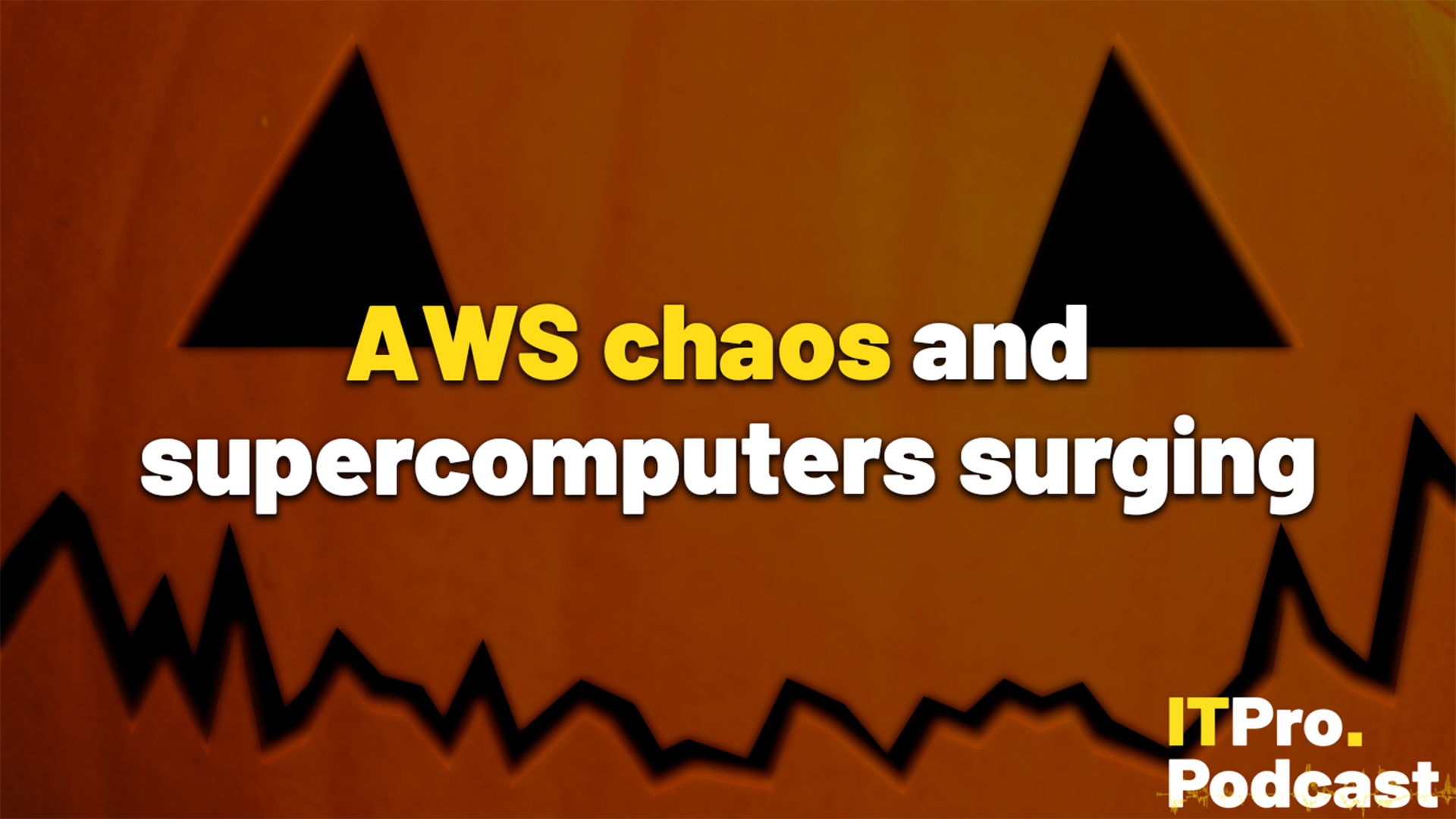

It’s Halloween and what better way to mark the day than discuss one of the biggest horror stories of October?
We are of course referring to the AWS outage, which on 20 October took down some incredibly notable websites and caused global disruption. It’s the latest, most severe example of why data centers are considered critical infrastructure – and acts as a stark reminder to IT administrators that even big tech can fall foul of technical errors.
Of course, October hasn’t just been defined by negative stories. At the end of the month, the US Department of Energy has revealed a slew of supercomputer announcements. What are they for, and when can they be expected to be up and running?
In this episode Jane and Rory speak once again to Ross Kelly, ITPro’s news and analysis editor, to the show to discuss the biggest developments of the month.
Highlights
"A lot of services were down. Some of the biggest websites, applications, platforms on the web, spanning the consumer and enterprise spaces, were were impacted by this. I mean, you guys know Slack was down for a period, so we were having to communicate over WhatsApp, but major banks, Lloyds, Halifax, their apps were down and Snapchat was down."
"AWS, the engineers that were scrambling to fix this, should be commended because by late morning UK time, they had mitigated the error and resolved this. But it was the actual recovery period for a lot of organizations that was going to be quite lengthy."
"...I've written about the launch of not one, not two, but eight supercomputers, or the announcement they're going to be created. So these are quite an eclectic mix of systems.
Sign up today and you will receive a free copy of our Future Focus 2025 report - the leading guidance on AI, cybersecurity and other IT challenges as per 700+ senior executives
"Now, what I will say is that of all of these, of all of them, we have a solid date for one, which is Equinox. We only have that, and it's the first half of 2026. In a press briefing from HPE, before we knew what the big announcement was going to be on Monday, we were told that the first systems on the Cray GX, 5000 would be delivered in 2027 so you can guess that Discovery and an AI cluster, so not another supercomputer, an AI cluster called Lux – both of which will be at Oak Ridge – will probably be online In 2027."
"China's top supercomputers don't rank in the Top 500 whatsoever, because it's not public information. The US and this administration, which is vocally hyping up the competition with China, talking about how the US has to maintain its foothold as the home of AI and the home of high performance computing takes the opposite approach, where they want to dominate the Top 500 list. They want DOE to have as many of those top 10 supercomputer spots as possible. But it does seem that that takes precedent over then going on to explain what they're actually being used for."
Footnotes
- Amazon Web Services outage live: Hundreds of apps including Slack, mobile carriers, banking services down
- The AWS outage brought much of the web to its knees: Here's how it happened, who it affected, and how much it might cost
- HPE's new Cray system is a pocket powerhouse
- US Department of Energy’s supercomputer shopping spree continues with Solstice and Equinox
- Inside Lumi, one of the world’s greenest supercomputers
- Inside Isambard-AI: The UK’s most powerful supercomputer
- Top 500 June 2025 list
Subscribe
- Subscribe to The IT Pro Podcast on Apple Podcasts
- Subscribe to The IT Pro Podcast on Spotify
- Subscribe to the IT Pro newsletter
- Join us on LinkedIn

Rory Bathgate is Features and Multimedia Editor at ITPro, overseeing all in-depth content and case studies. He can also be found co-hosting the ITPro Podcast with Jane McCallion, swapping a keyboard for a microphone to discuss the latest learnings with thought leaders from across the tech sector.
In his free time, Rory enjoys photography, video editing, and good science fiction. After graduating from the University of Kent with a BA in English and American Literature, Rory undertook an MA in Eighteenth-Century Studies at King’s College London. He joined ITPro in 2022 as a graduate, following four years in student journalism. You can contact Rory at rory.bathgate@futurenet.com or on LinkedIn.
-
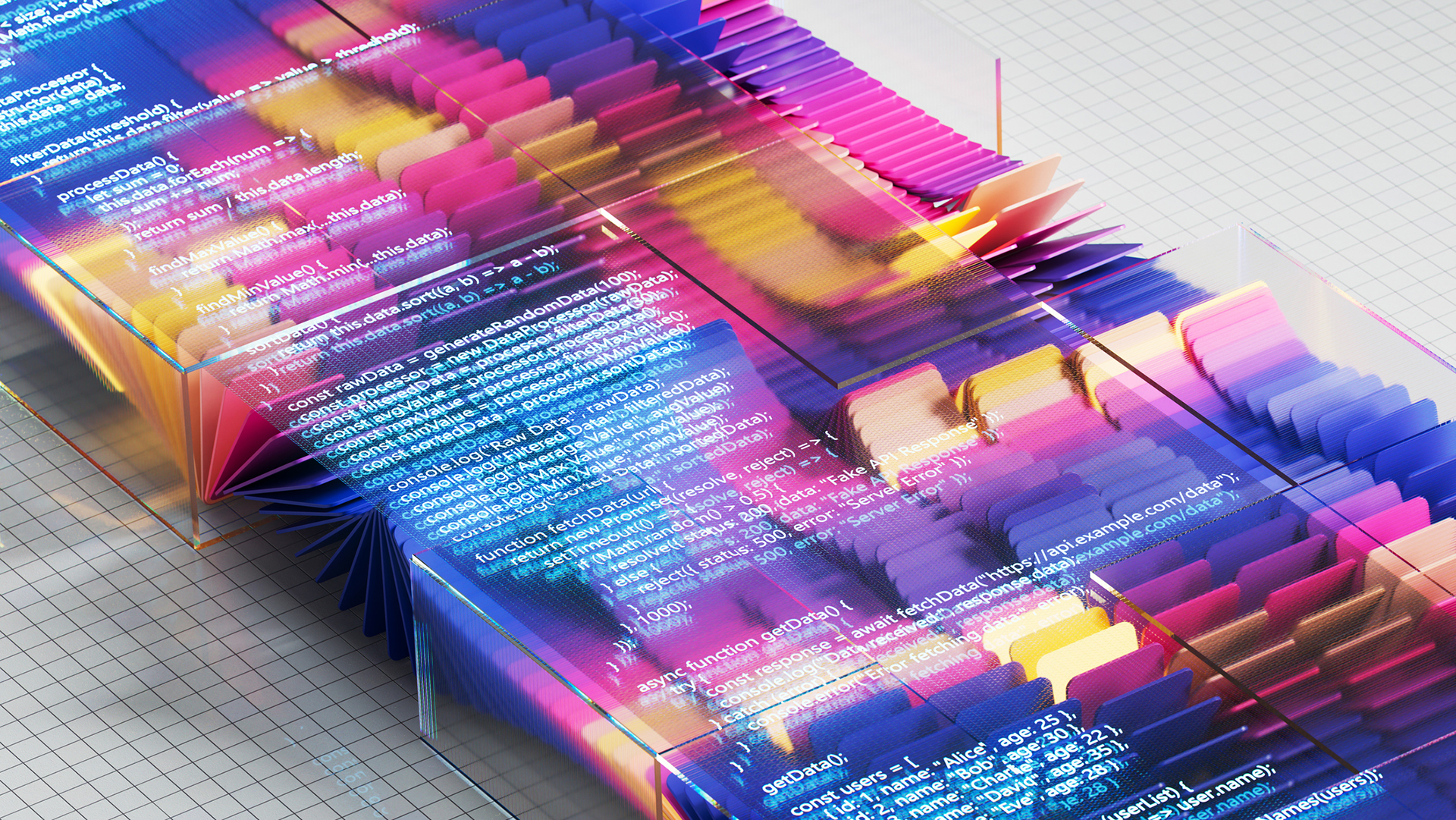 What now for enterprise virtualization?
What now for enterprise virtualization?With a trusted partner like Pure Storage, businesses can make the most of their virtualization journey
-
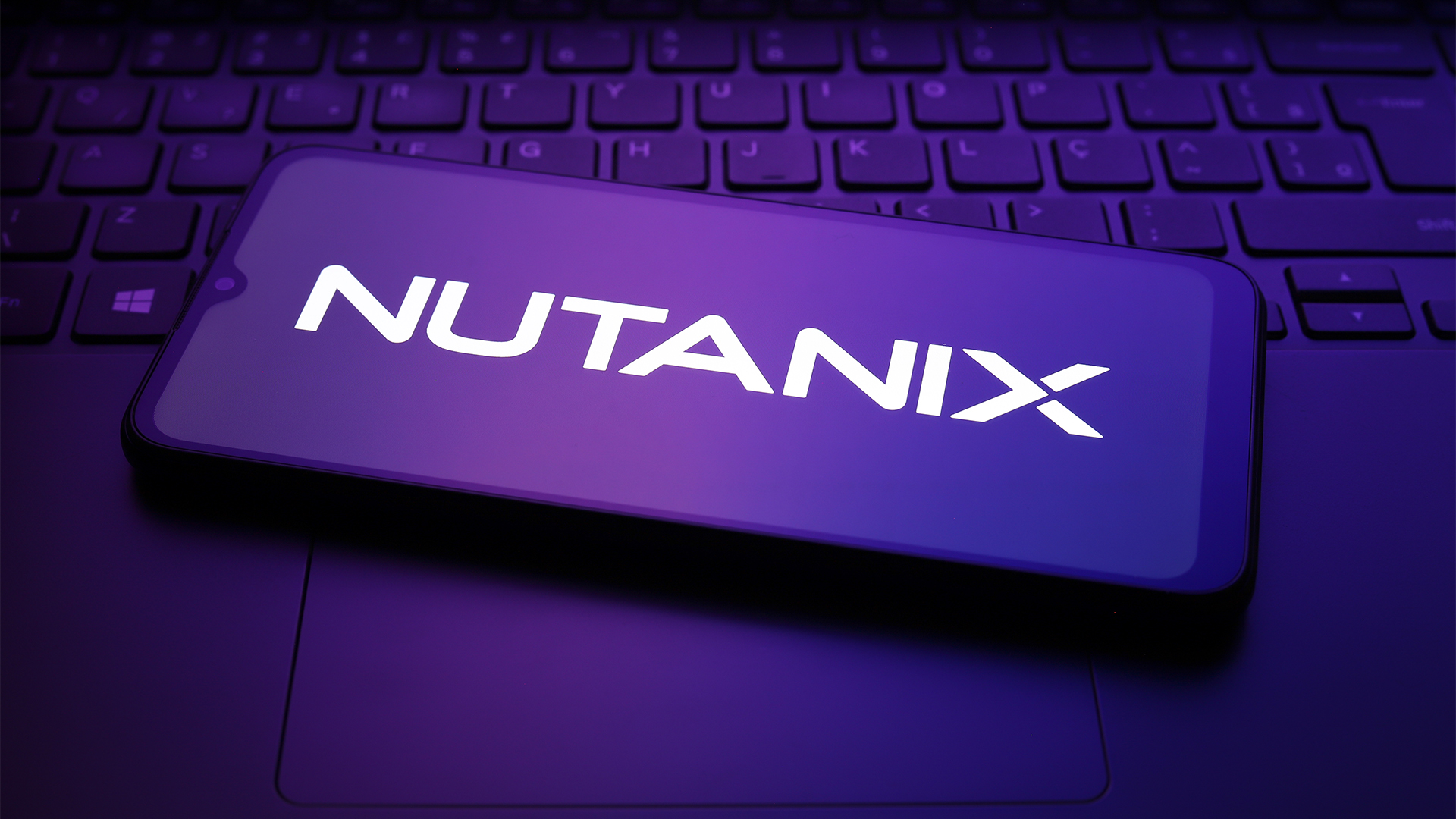 Nutanix wants to help customers shore up cloud sovereignty
Nutanix wants to help customers shore up cloud sovereigntyNews New automation tools and infrastructure management capabilities look to tackle single-vendor dependency and shore up sovereignty requirements
-
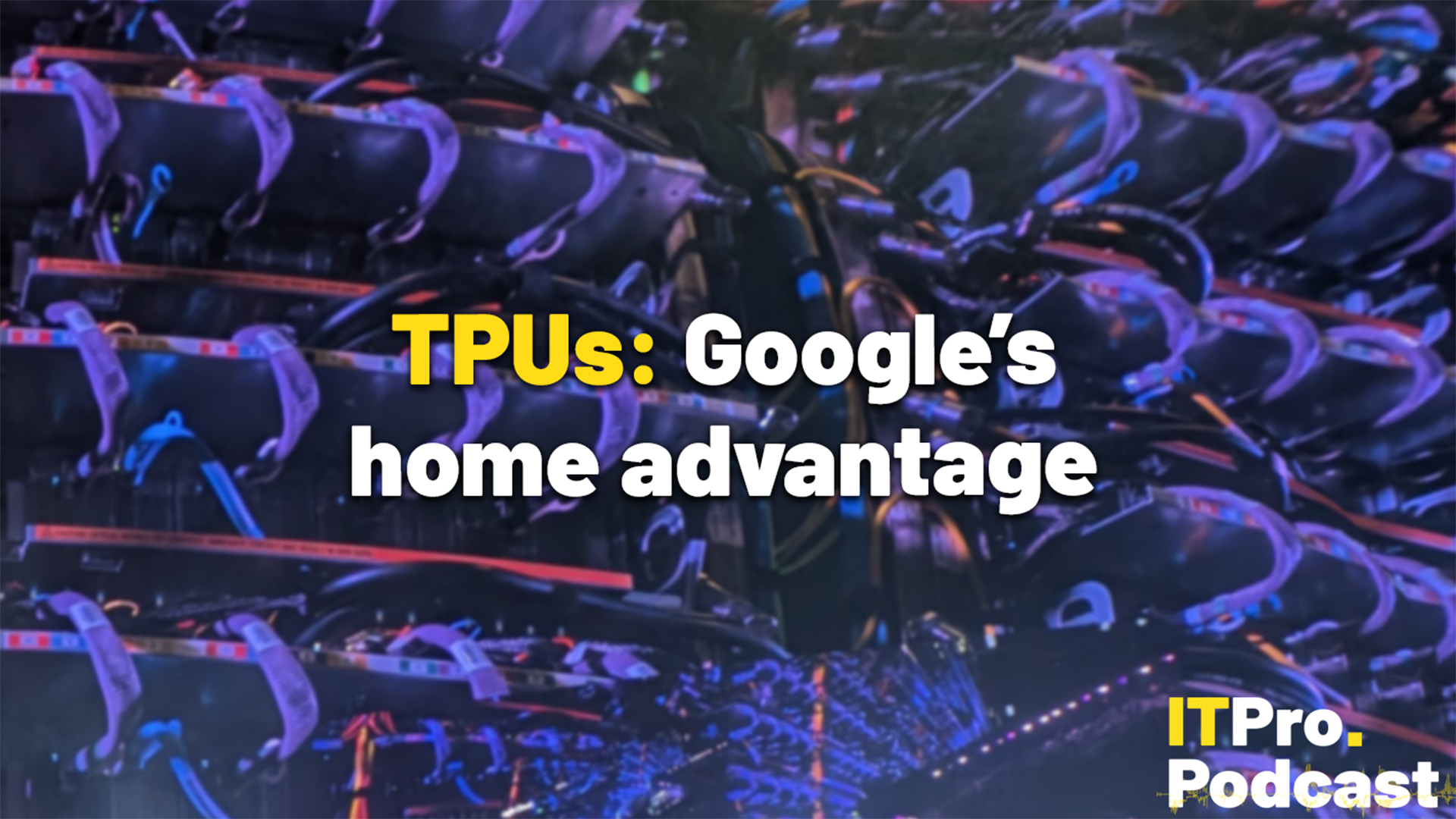 TPUs: Google's home advantage
TPUs: Google's home advantageITPro Podcast How does TPU v7 stack up against Nvidia's latest chips – and can Google scale AI using only its own supply?
-
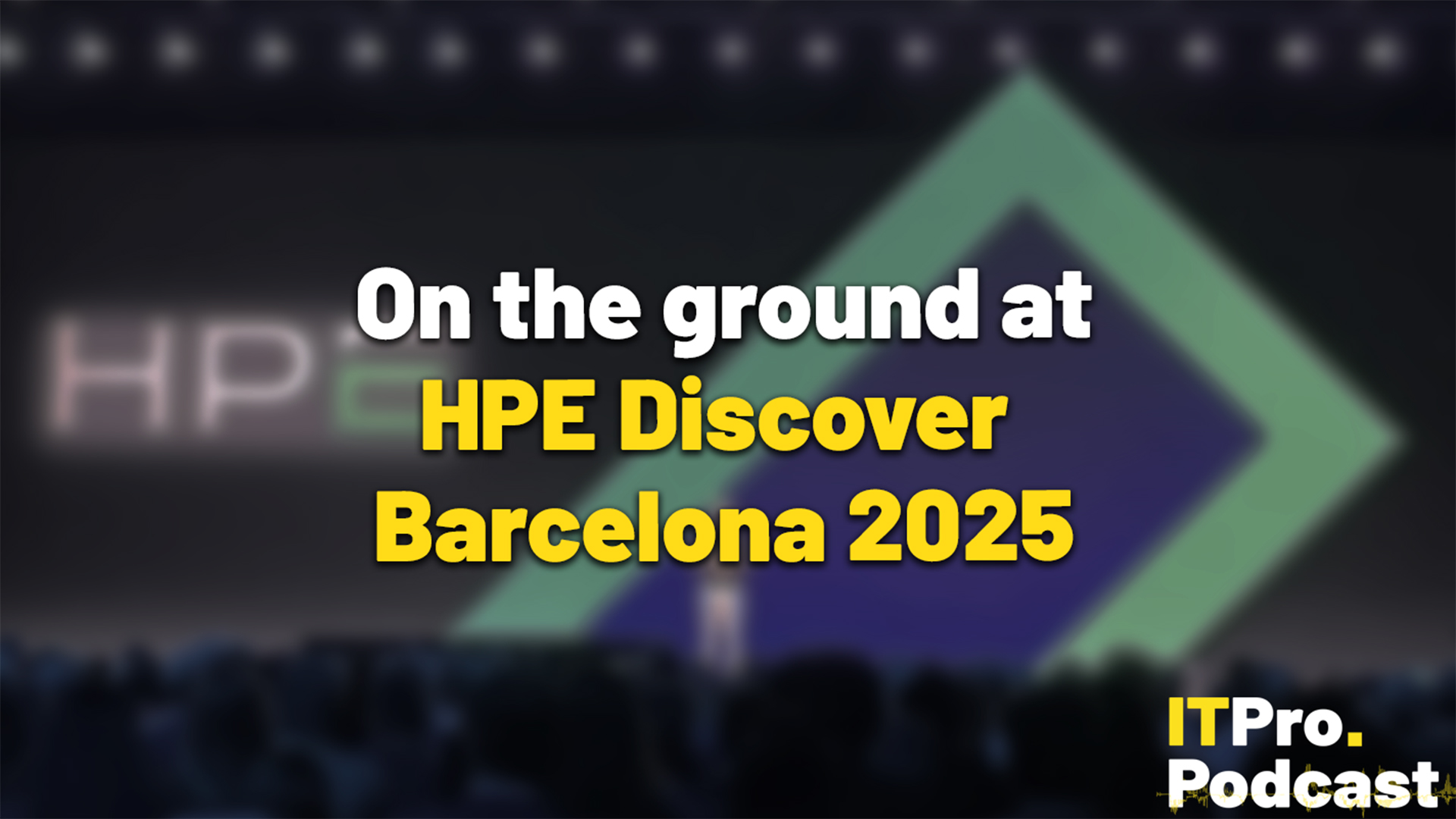 On the ground at HPE Discover Barcelona 2025
On the ground at HPE Discover Barcelona 2025ITPro Podcast This is a pivotal time for HPE, as it heralds its Juniper Networks acquisition and strengthens ties with Nvidia and AMD
-
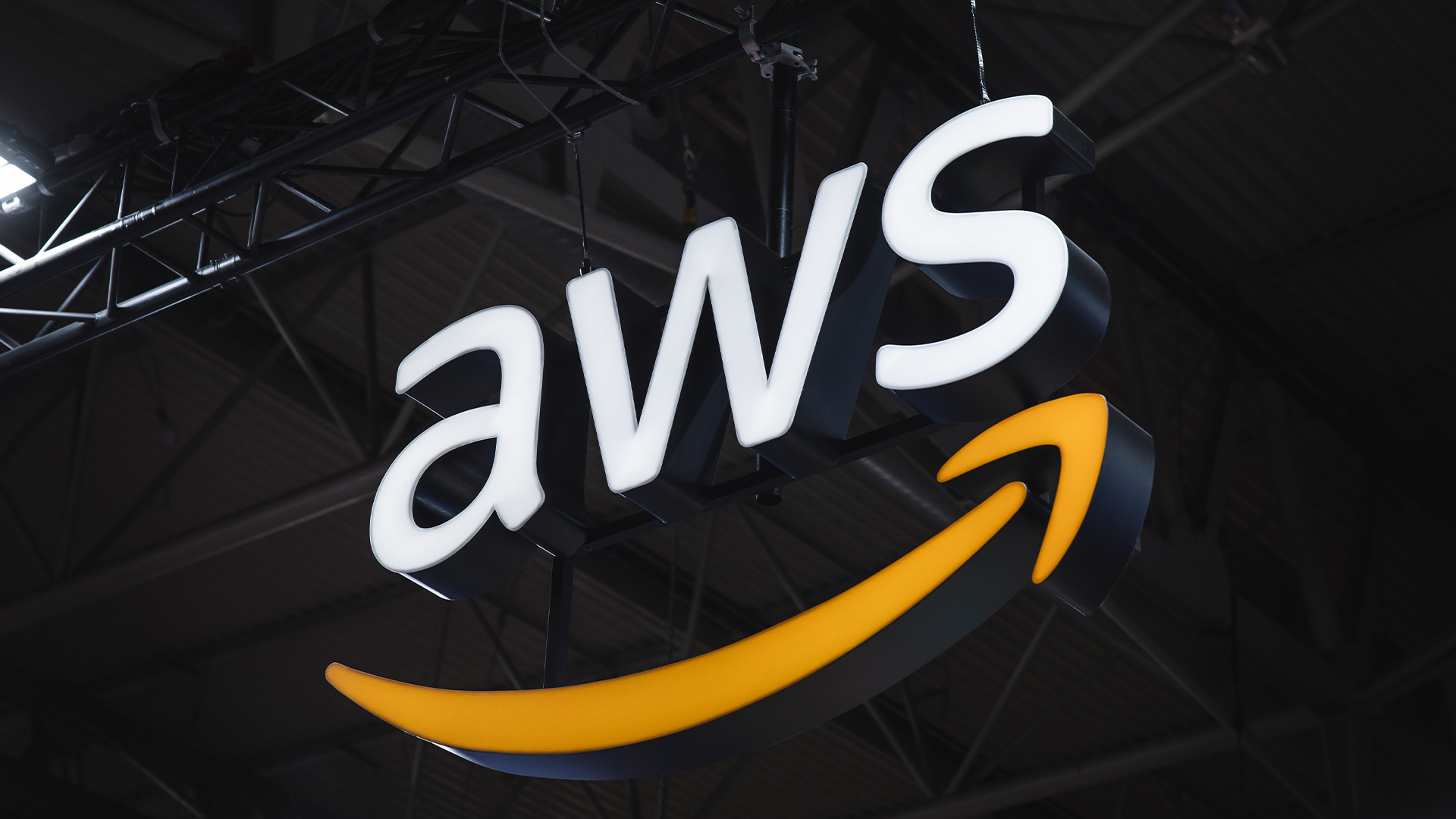 AWS' new DNS 'business continuity' feature targets 60 minute recovery time after October cloud outage
AWS' new DNS 'business continuity' feature targets 60 minute recovery time after October cloud outageNews The US-EAST-1 Region is getting extra tools and features to help customers during an outage
-
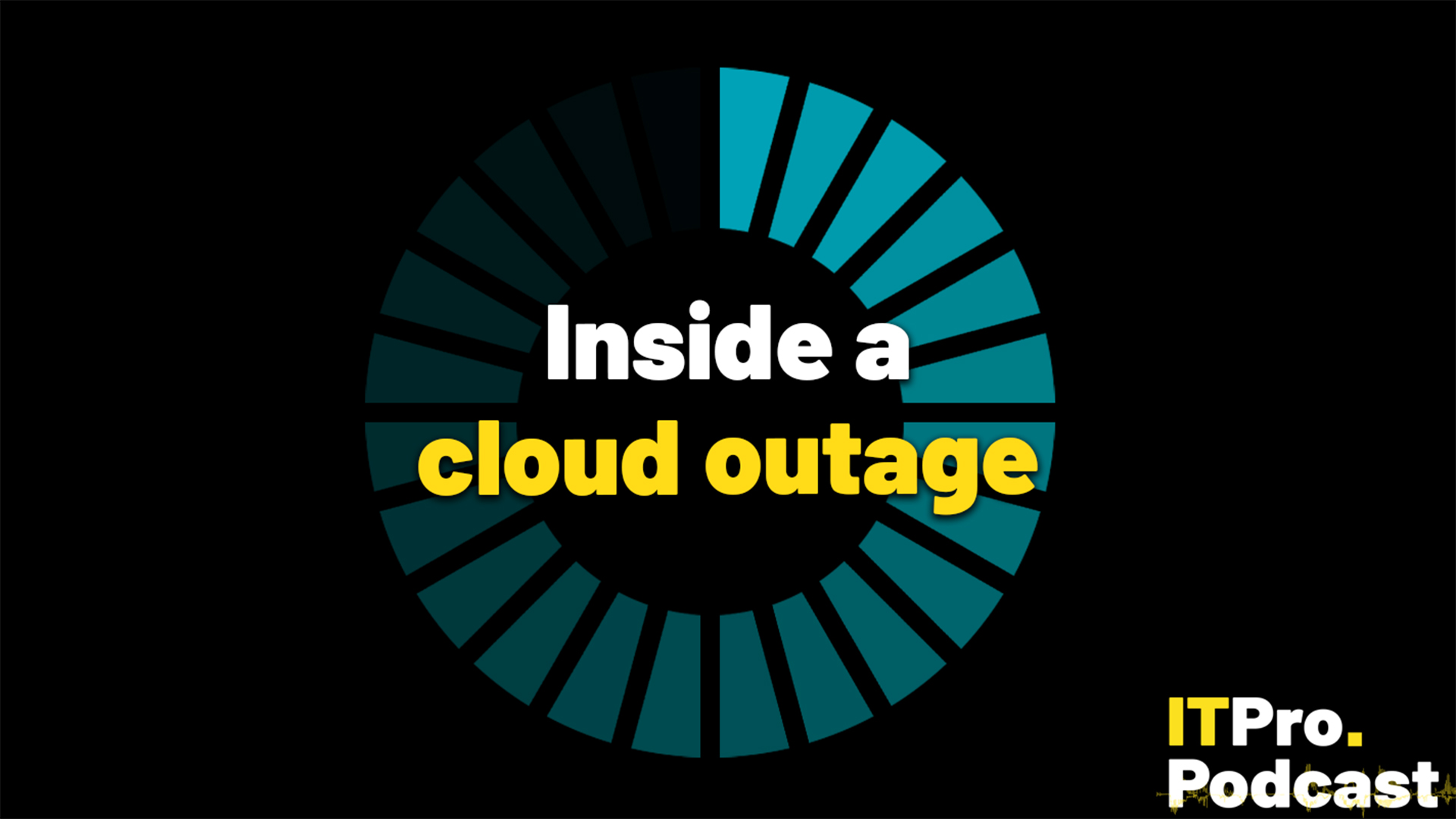 Inside a cloud outage
Inside a cloud outageITPro Podcast Businesses must adopt proactive planning for cloud outages – but what does that look like?
-
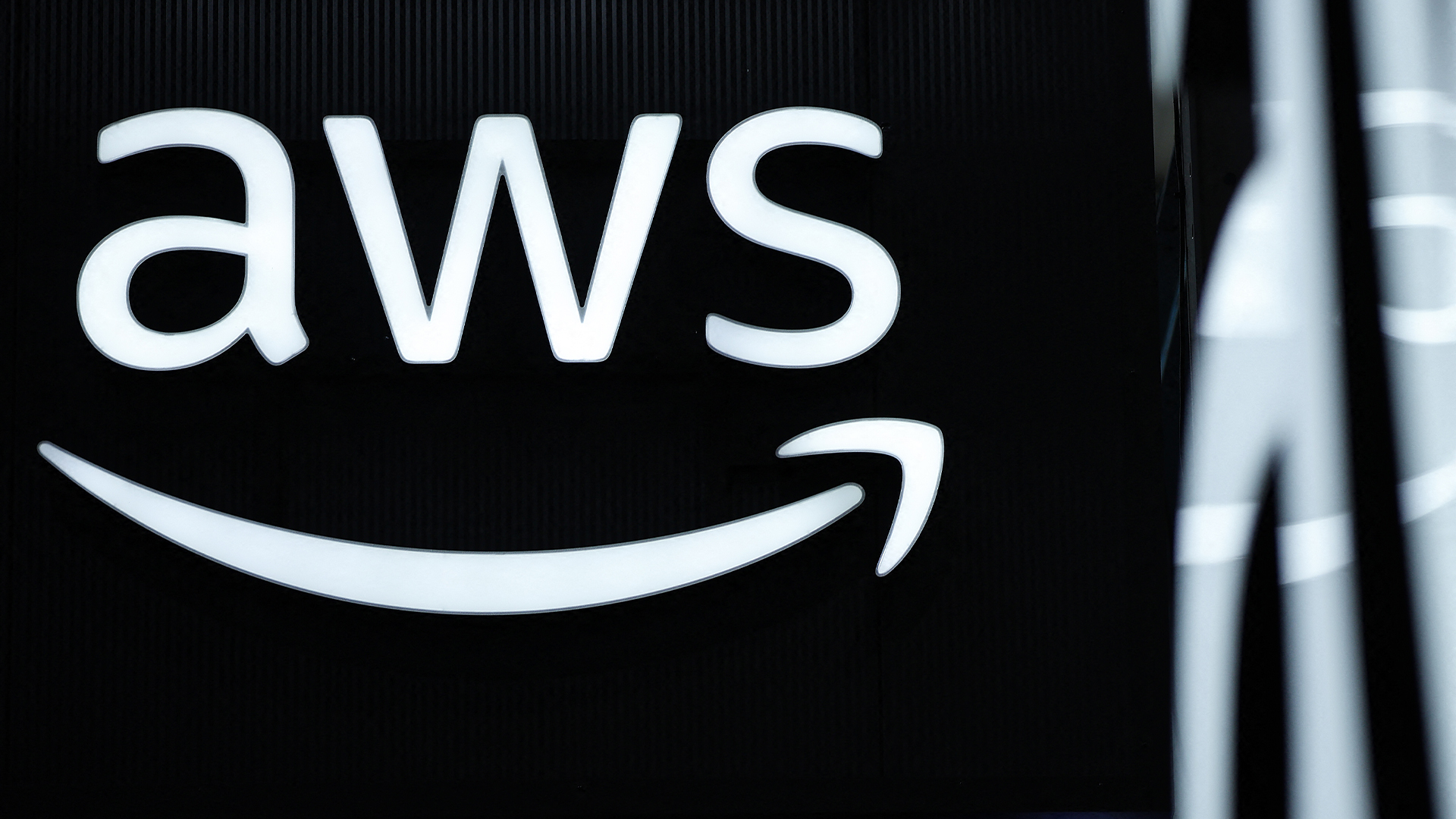 AWS targets cloud resilience and AI networking gains with new 'Fastnet' subsea cable
AWS targets cloud resilience and AI networking gains with new 'Fastnet' subsea cableNews Fastnet is set for deployment in 2028 and will link Maryland and County Cork with a line offering more than 320 terabits per second
-
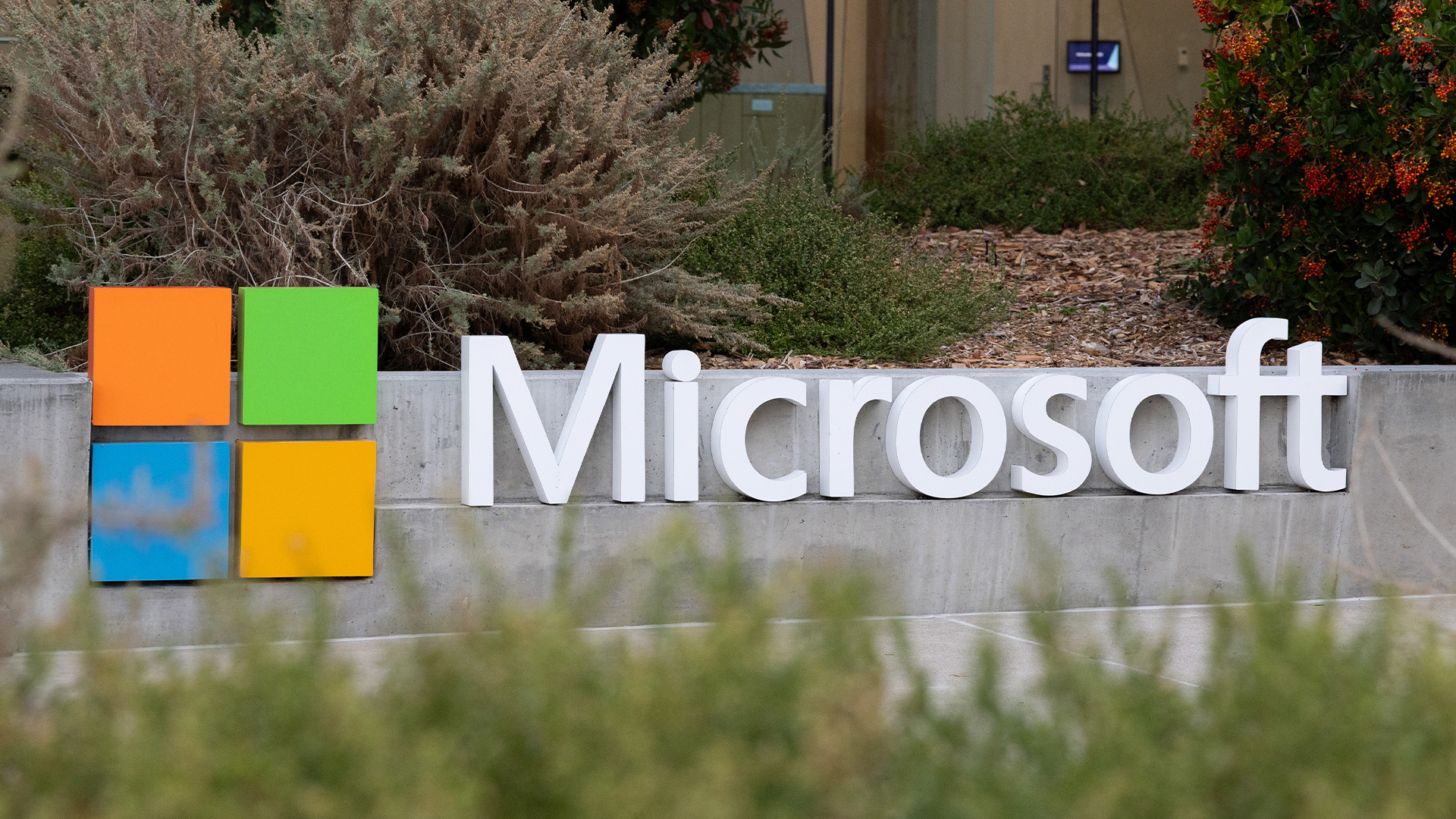 The Microsoft Azure outage explained: What happened, who was impacted, and what can we learn from it?
The Microsoft Azure outage explained: What happened, who was impacted, and what can we learn from it?News Microsoft has confirmed its Azure services are back online after a major outage impacted services across multiple regions – here's everything you need to know.
-
 Is all-photonics the future of networking?
Is all-photonics the future of networking?ITPro Podcast Using light to transmit data rather than relying on electronic components could slash latency
-
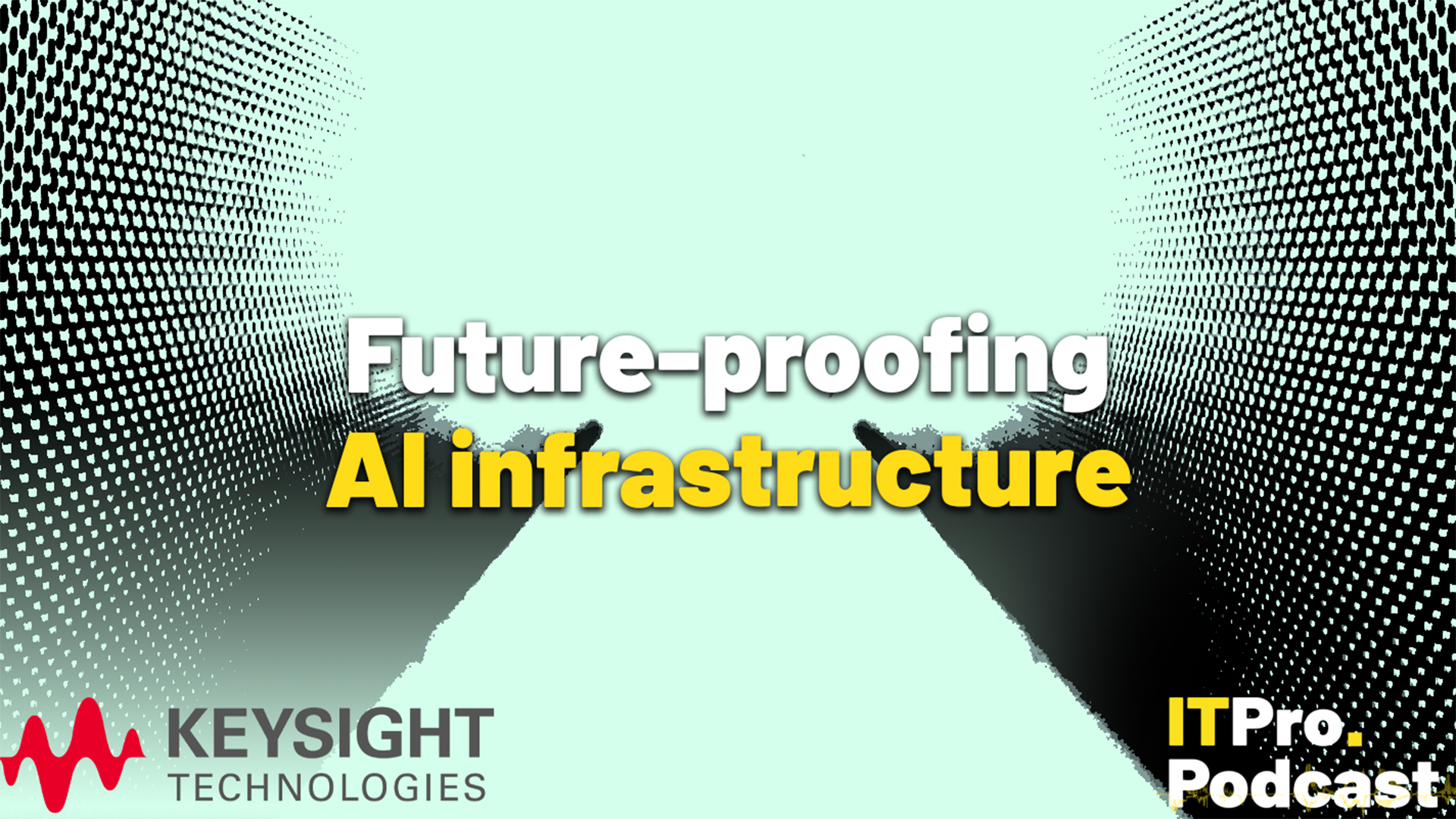 Future-proofing AI infrastructure
Future-proofing AI infrastructureSponsored Podcast Constructing the future of the tech sector can only be done with a strategic approach and access to the best tools